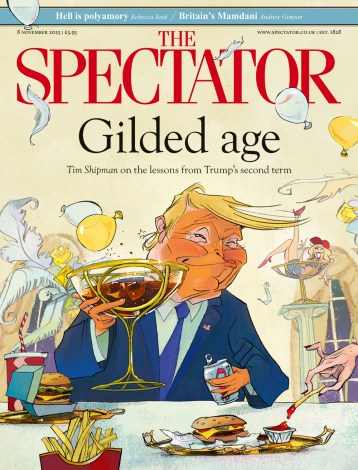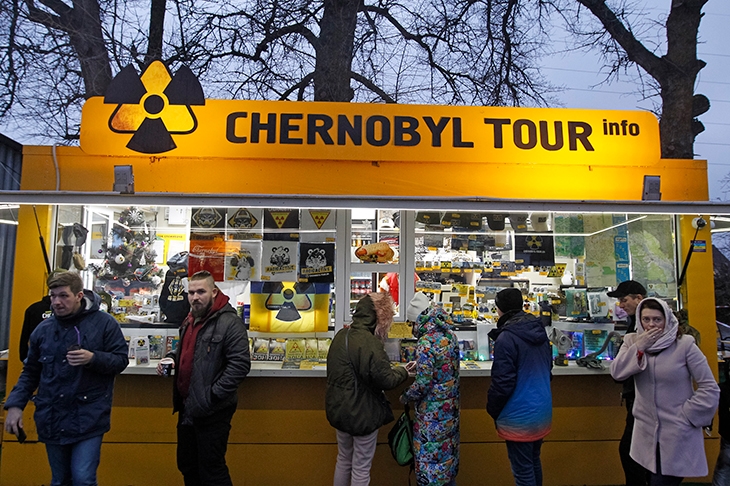Disaster tourism allows people to explore places in the aftermath of natural and man-made disasters. Sites of massacres and concentration camps can be visited; tours operate around Chernobyl, Centralia — the city in America that is perpetually on fire — Aleppo and Fukushima. Tourists can ‘experience’ what it is like to live in a war zone, in extreme poverty or a place emptied by nuclear fallout, and then return to the safety of their homes.
In Yun Ko-Eun’s The Disaster Tourist, translated from the Korean by Lizzie Buehler, the protagonist Yoona works for Jungle, a Korean disaster tourism travel company. She returns to Seoul after visiting an earthquake-hit region of Korea to plan an itinerary; the dead of Jinhae are a commodity, their high number an advertisement for the package, the disaster an opportunity.
In the Jungle office soon after, Yoona experiences a sexual assault. The threat this poses to her job, and therefore her livelihood and life, is a ‘growing and irreparable fissure’; a ‘fracture’, as though the foundations of her life are being shaken by an earthquake. Yoona tries to leave, but is given a month’s holiday instead, and a business trip on one of the package holidays that the company offers that is threatened with discontinuation.
Yoona goes to Mui, a fictional island close to Vietnam. There, calamity takes many forms: the massacre and sinkhole that occurred more than 50 years earlier that have made the island a disaster destination in the first place; the tourists ‘disrupting the lives of the locals,’ who are forced to re-enact the massacre, pretending to be orphaned or disabled — survivors of the sinkhole — to keep alive the island’s tourism industry; and Yoona’s own personal disaster, starting with her getting separated from her party. (Lost in Mui, unable to speak the language of locals, Yoona ‘felt like a child had crawled inside her head’.)
Throughout Disaster Tourist, there is a sense of impending catastrophe, of something huge and uncontrollable swallowing up those who spend their lives packaging, controlling and creating these macabre tours. The author feels present throughout,
like a god watching her characters’ acts of hubris and deciding how and when to smite them.
In this phenomenal book, Yun demonstrates how disaster tourism is a kind of theatre: people are ‘merchandise’, the reality tourists just ‘a shadow of reality’. When Yoona herself starts to investigate her surroundings, the landscape seems to fall apart like a set:
‘It looked like you could scratch at the sky with your fingernails, and a layer would peel off.’ What is truly terrifying, Yun seems to tell us, is not the sinkhole full of bodies or the orphaned boy crying for his mother in the village, but the erasing of real life and the construction of false narratives to sell to wealthy tourists.






Comments